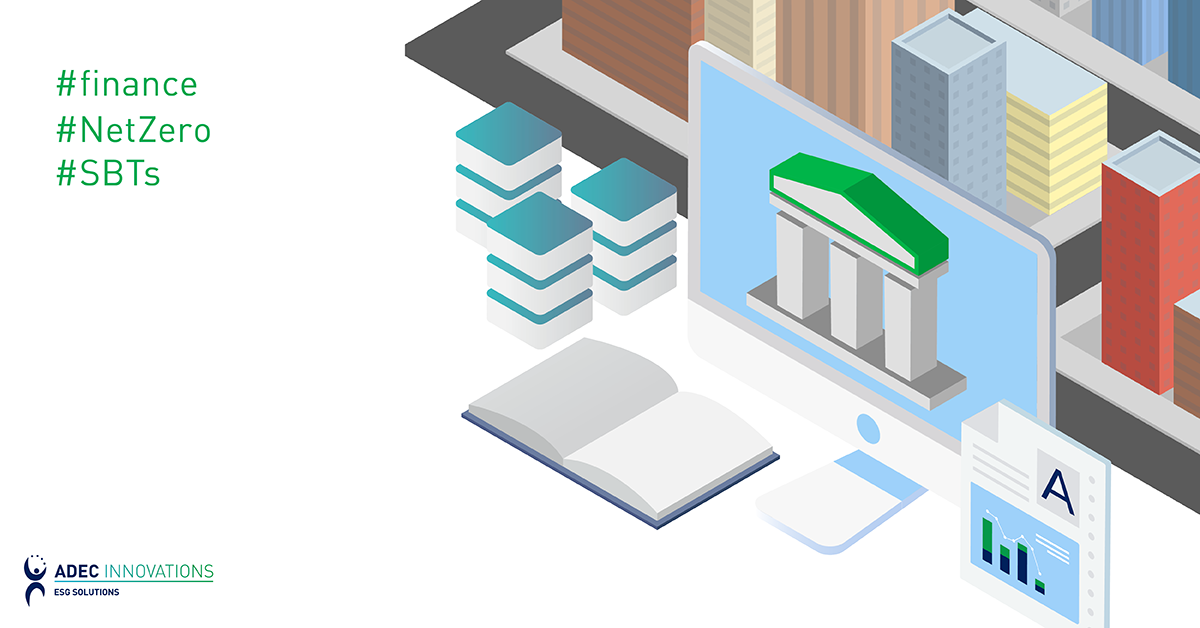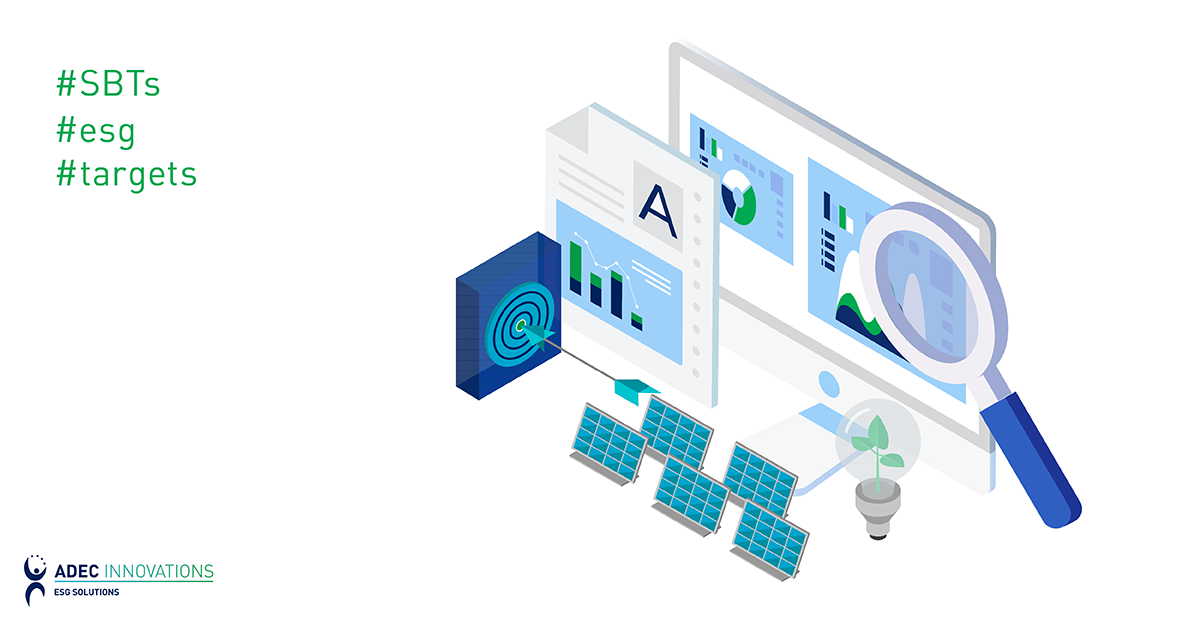Setting Science-Based Targets
In our previous blog post, we discussed what science-based targets are. Now we explore how to set science-based targets. In 2015, 195 countries came together to develop the landmark Paris Climate Agreement, which commits its signatories to take action that will prevent average global temperatures from increasing by more than 2°C above pre-industrial levels. This is a considerable challenge. Government commitments to reduce emissions are crucial. To meet the targets set in Paris, cities and companies must also make drastic reductions to their emissions.

By Matthew McLaughlin
June 5, 2018
 In our previous blog post, we discussed what science-based targets are. Now we explore how to set science-based targets.
In our previous blog post, we discussed what science-based targets are. Now we explore how to set science-based targets.
In 2015, 195 countries came together to develop the landmark Paris Climate Agreement, which commits its signatories to take action that will prevent average global temperatures from increasing by more than 2°C above pre-industrial levels. This is a considerable challenge. Government commitments to reduce emissions are crucial. To meet the targets set in Paris, cities and companies must also make drastic reductions to their emissions.
The Science-Based Targets (SBTs) initiative was set up to provide companies and institutions with a clear path to emissions reduction, through setting targets that are independently verified as being in line with up-to-date climate science. To date, more than 300 companies have committed to set SBTs.
The first step in setting an SBT for your company is to sign the SBT initiative Commitment Letter, which confirms your recognition of the crucial role business has to play in global emissions reduction. Once your organization has established its commitment, there are three possible approaches you can take to setting SBTs:
- The Absolute-based approach. This approach looks at the total emissions reductions required globally to meet the Paris Climate Agreement targets and assigns a percentage of those reductions to individual companies. Targets created through this approach always commit companies to reducing their emissions to 49-95% below 2010 levels. This is the simplest approach, and the most environmentally robust. However, it can be inflexible, making it difficult to take into account the changes a business may undergo during the target’s time span.
- The Sector-based approach. This approach divides the global carbon budget - the total amount of carbon emissions that can be produced before a >2°C rise is inevitable - by sector. The required emissions reduction of each company using this approach is allocated based on its share of the sector budget, calculated from the company’s initial carbon intensity and its projected growth. This approach is more tailored to each individual company.
- The Economic-based approach. This approach lines up the global carbon budget with global Gross Domestic Product (GDP). An organization’s share of emissions is determined by its gross profit, just as the sum of all institutions’ profits equates to the global GDP. The SBT initiative stipulates that all SBTs set using the Economic-based approach must, at minimum, commit companies to reducing emissions to 49% below 2010 levels, to ensure that those targets remain in line with climate science despite this more relativistic approach.
In order to meet the challenges of climate change, global organizations must take a leadership role in emissions reduction efforts. Setting science-based targets is an effective way for your organization to play an active part in mitigating climate change, catalyzing new technological innovation and communicating a responsible, future-focused message to customers and investors.
ADEC Innovations is a leading provider of ESG solutions, including fully-integrated industry expertise, software solutions and data management. For more information on SBTs, watch our Science Based Targets Webinar.
Related Articles
Science Based Targets
By Sondra Scott on August 10, 2021
Science Based Targets | Sustainatech | 1Unique Tag
By Megan Crawford on October 21, 2020
Science Based Targets | 1Unique Tag
By Hunter Donovan on March 5, 2019
Environmental Planning | CDP | Science Based Targets | Sustainability data | Sustainability Reporting
Be a sustainability leader.
Our team supports you no matter where you are on your Sustainability Journey. Talk to us today to learn more.



